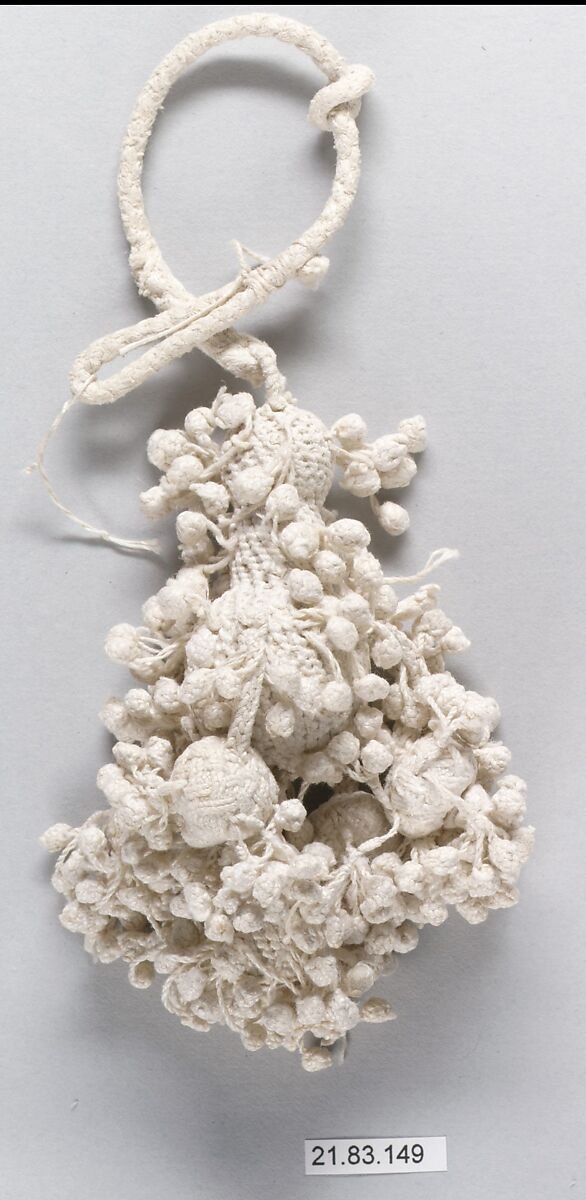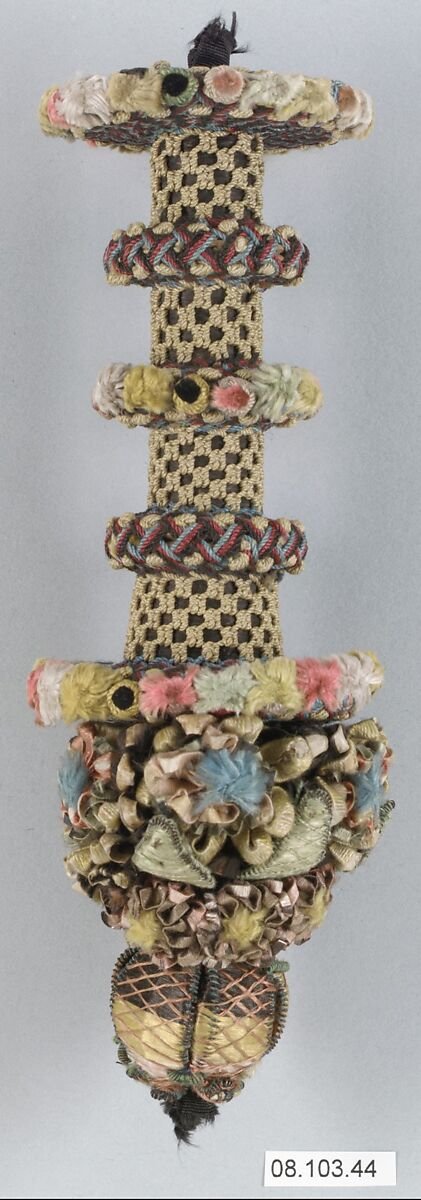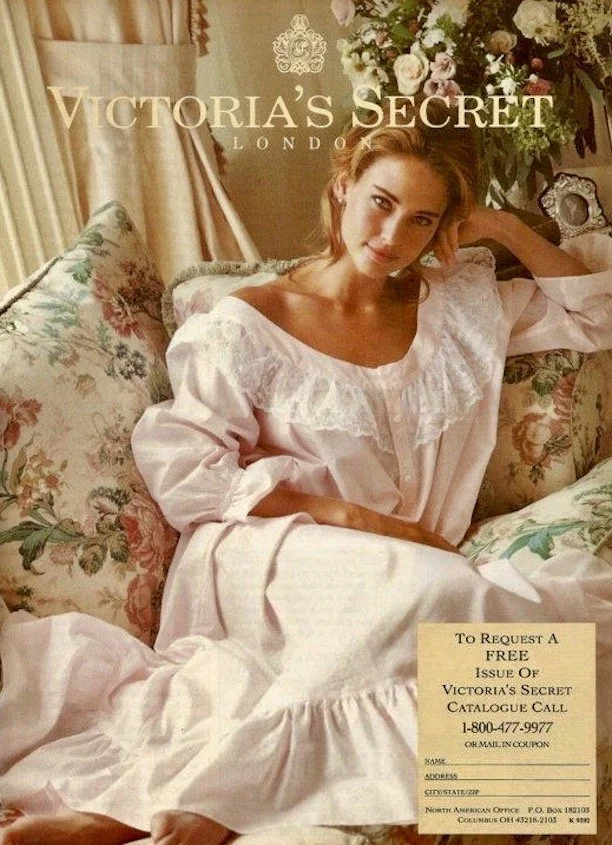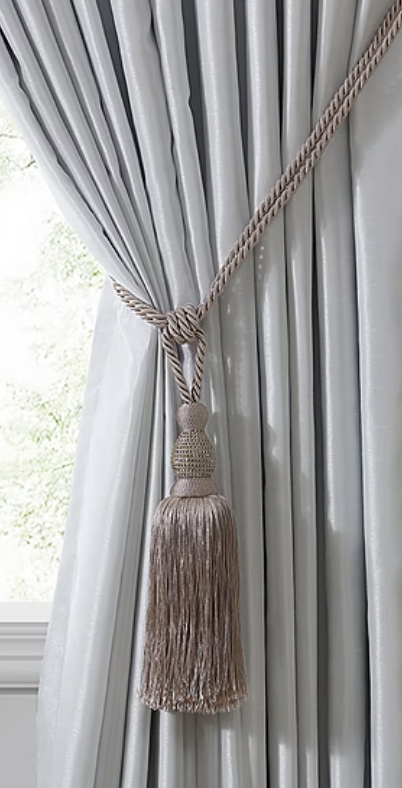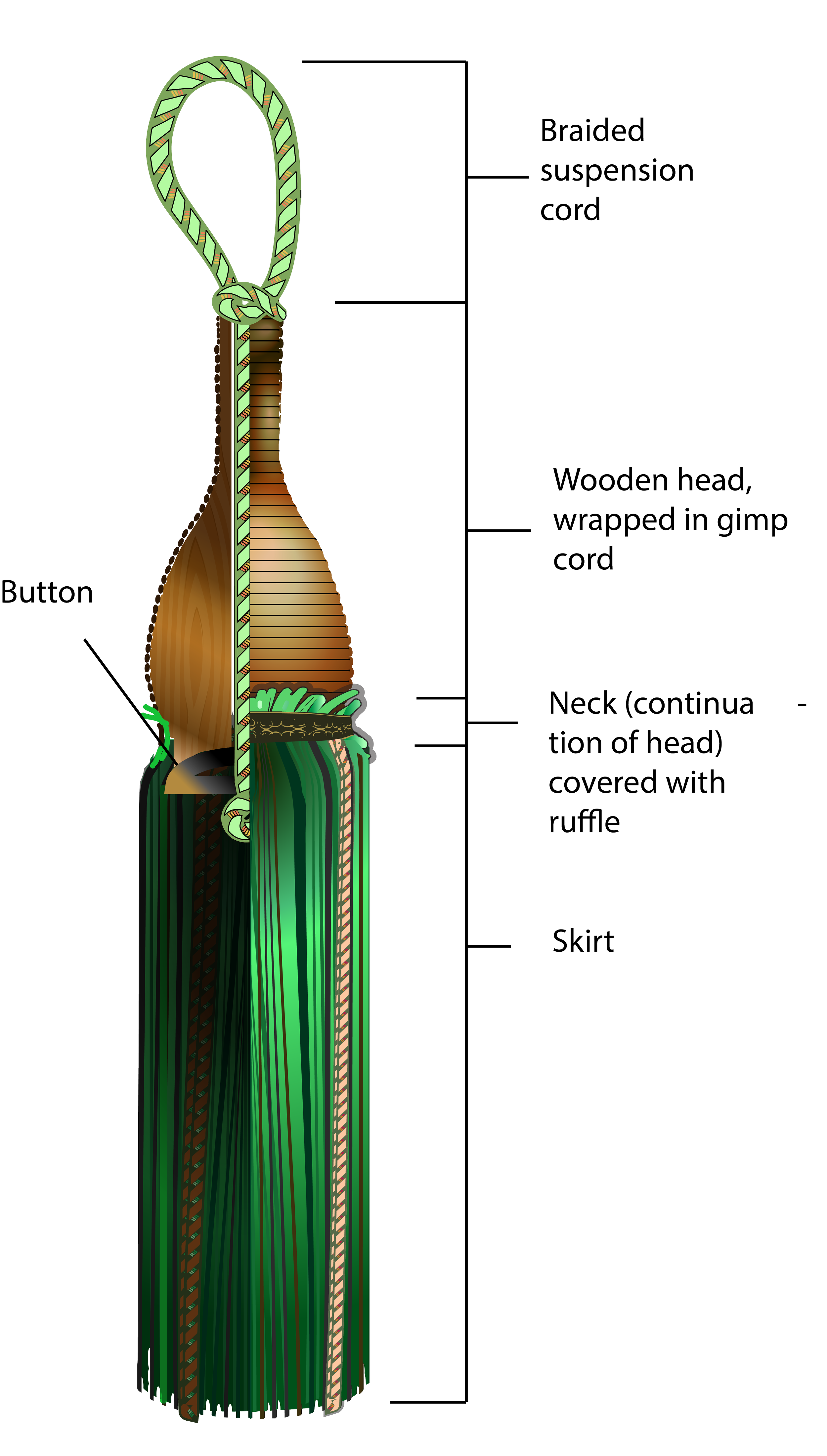Why Tassels?

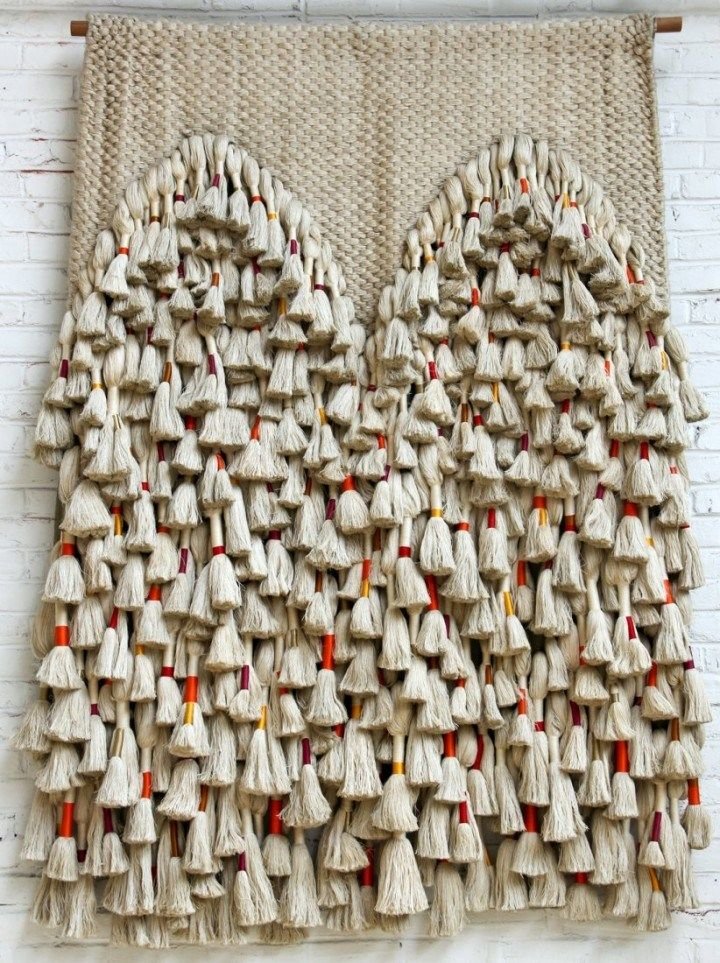
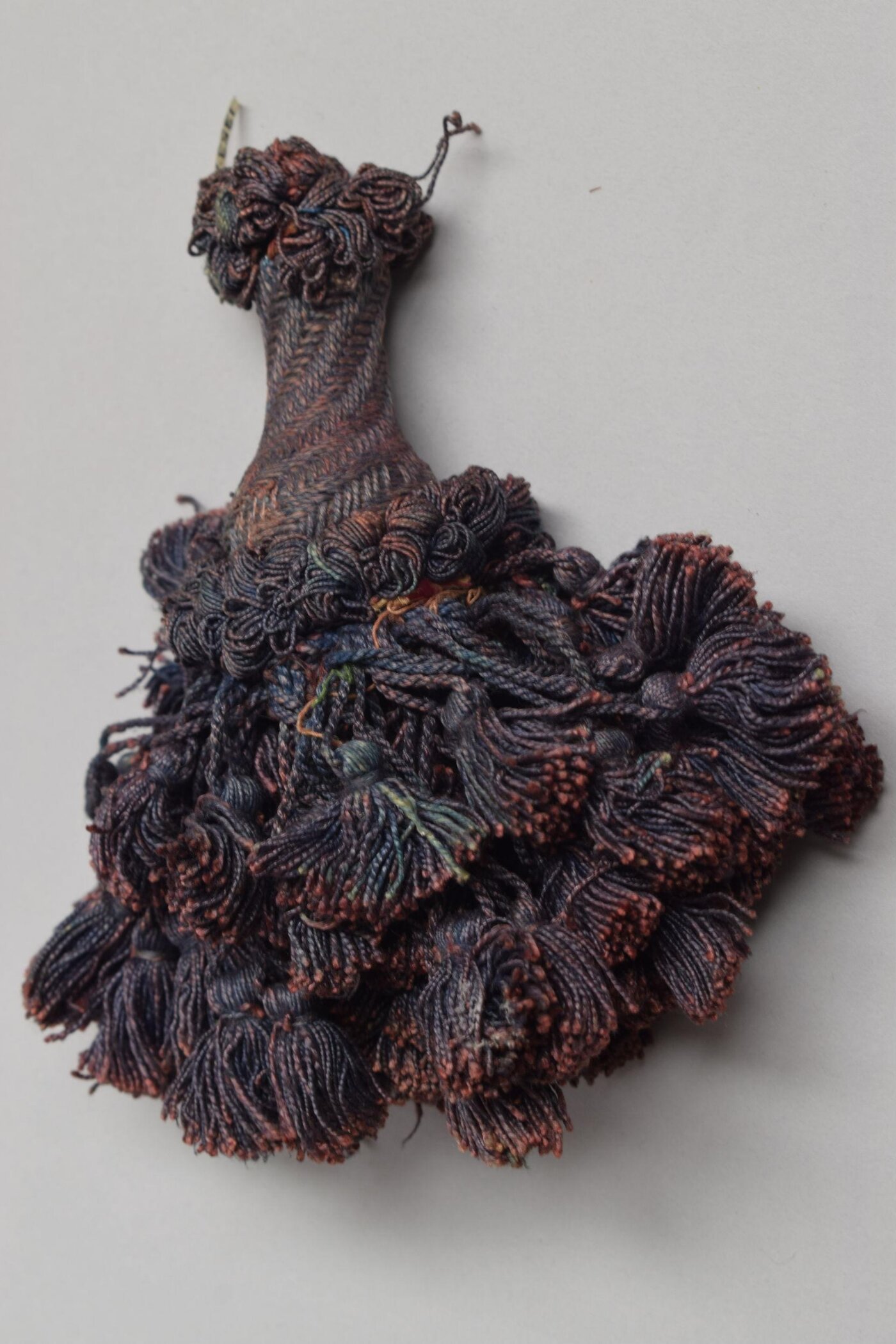
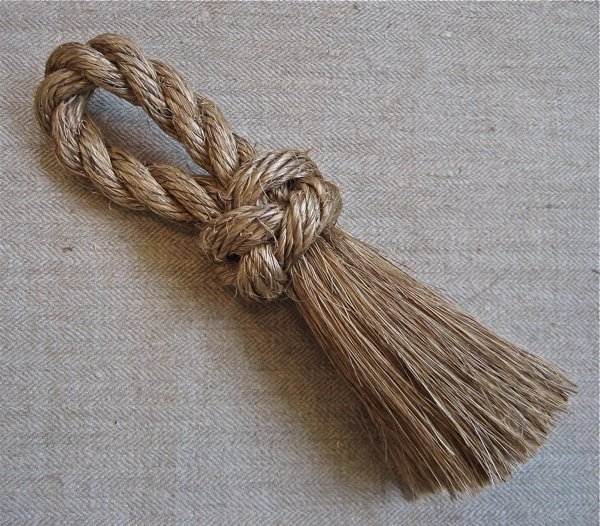
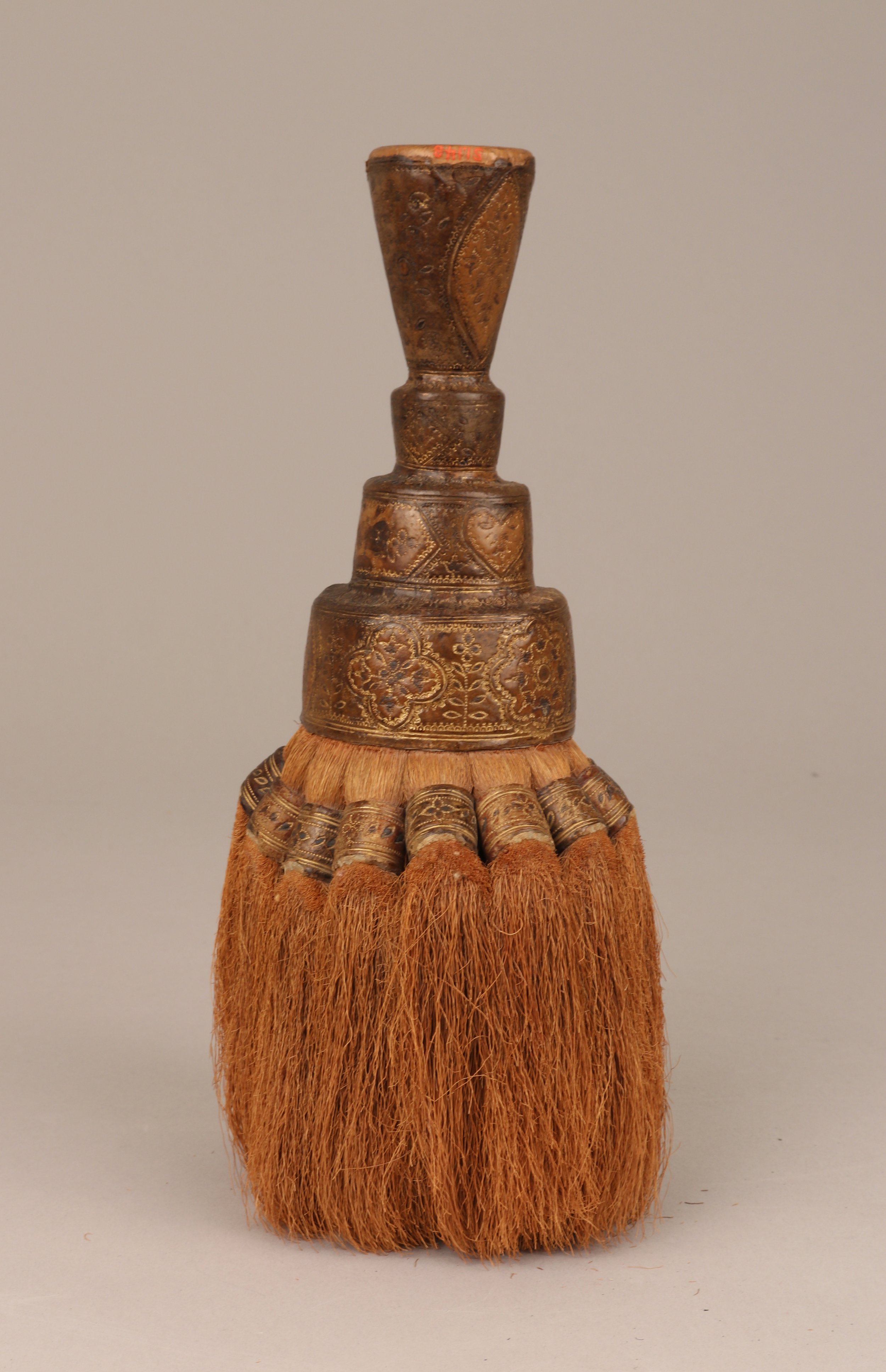
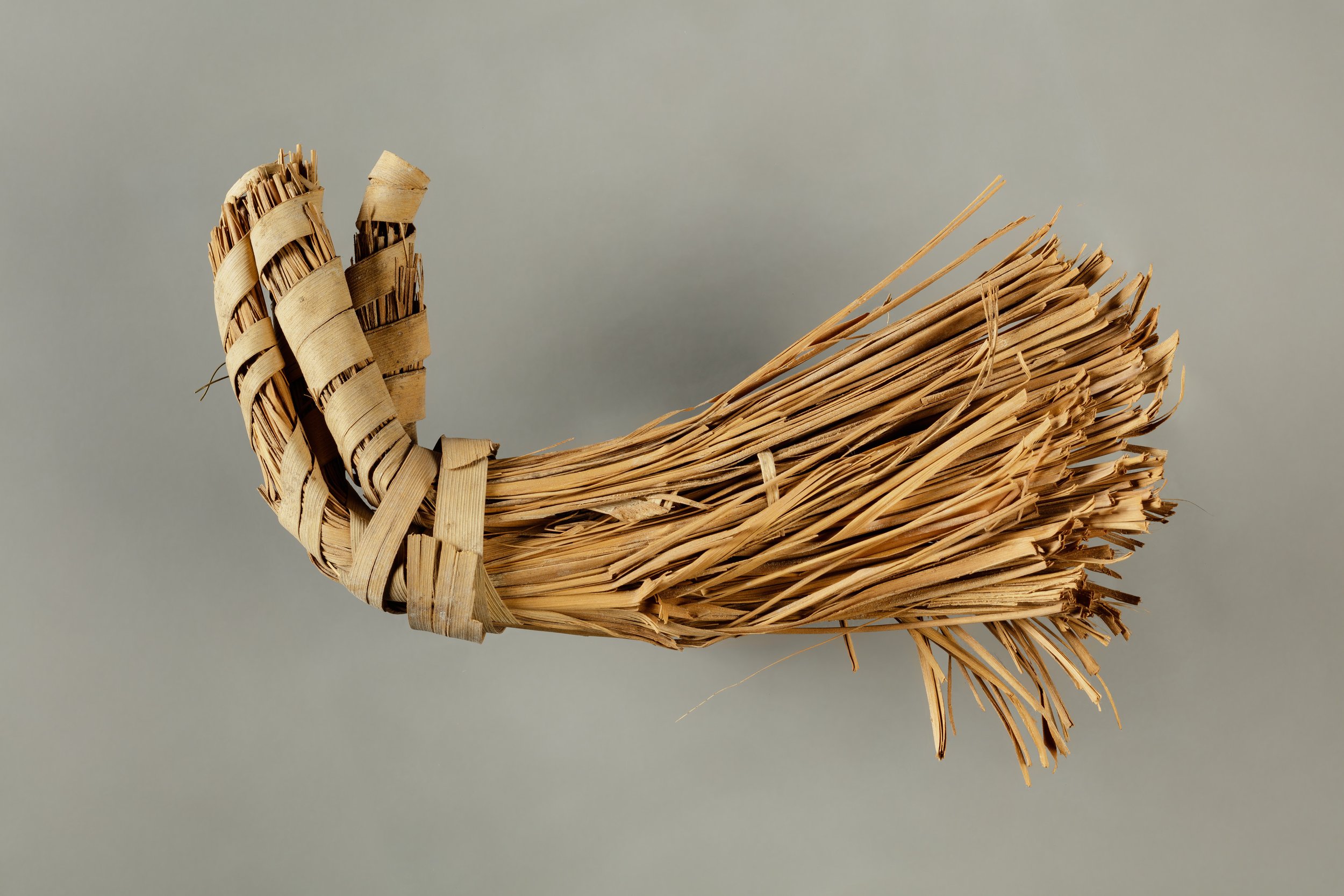
When you think about tassels you may be reminded of a fussy, antiquated interior, something beribboned and overwrought, with too many side chairs and dust ruffles. This prim maximalism was epitomized in the Victorian era and then revitalized in the early nineties, where young people encountered candy bowls they weren’t allowed to touch and ruffles so full of dust that play was impossible. These denials of the essential joys of childhood were later weaponized in the character of Dolores Umbridge from Harry Potter and summarizes the ‘vibe’ in which many of us have encountered tassels.
Please set your frilly assumptions aside and allow me to reintroduce you. Tassels have been created and enjoyed by virtually every community throughout history. Every culture with a fiber art tradition has discovered the joyous and tactile nature of tassels and despite what you may have been told they are designed to be handled. Their joy comes from their jiggle and swish, begging you to shake them and squeeze them. A high quality tassel should make you want to tickle and fluff it, to shake it at your friends, and decorate your armor with it. It serves no function other than this opportunity for delight.
I have set aside a month to explore this functionless, textile joy. I hope to understand what are the basic elements that make up a tassel, what enhances it and detracts from it, and recontextualize the tassel in a contemporary fiber art tradition. I hope you join me in my design journey.
